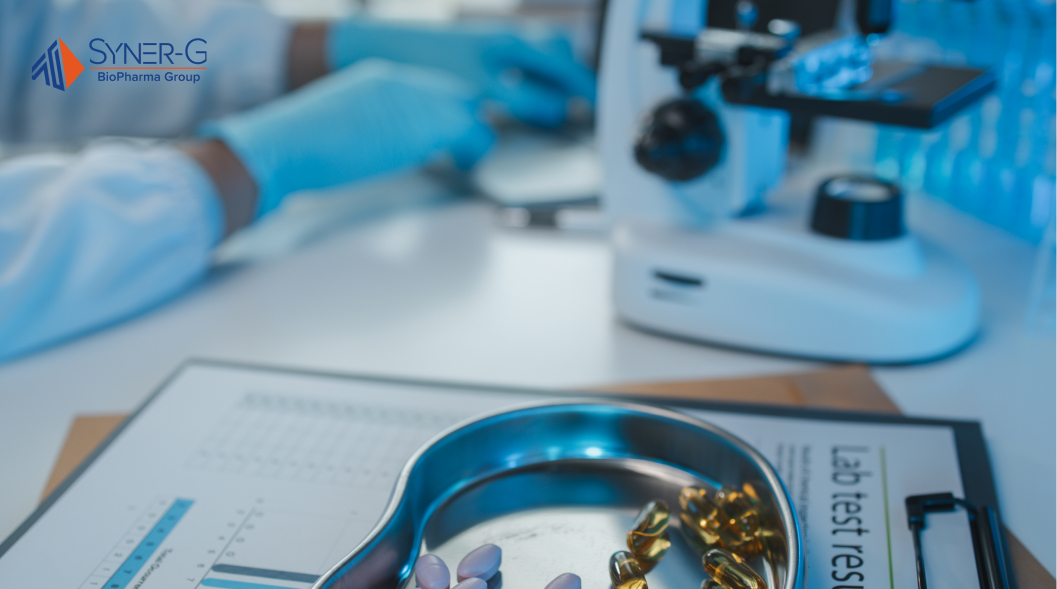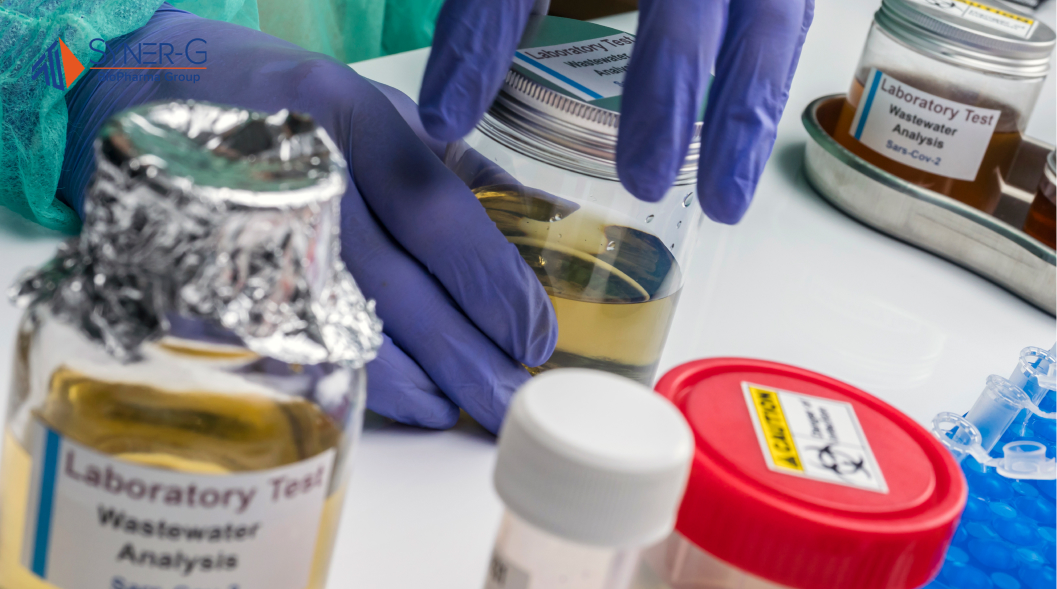When developing new medications, researchers need to understand two key concepts: pharmacokinetics and pharmacodynamics. Pharmacokinetics vs pharmacodynamics form the foundation of how we study drugs. These fields help us figure out what happens when someone takes a medication.
What Are These Two Fields?
Pharmacokinetics refers to how the body handles drugs. It examines drug absorption, the process by which the drug travels through the bloodstream, metabolism, and drug excretion. Think of it as tracking a drug’s journey through your system.
Pharmacodynamics focuses on what the drug actually does once it reaches its intended target. This field studies the interactions between drugs and receptors, as well as the resulting biochemical and physiological effects. It’s about the drug’s mechanism of action.
Why They Matter in Drug Development
The drug development process depends heavily on understanding both areas. Companies can’t create safe and effective drugs without this knowledge. During the drug development program, scientists run tests to see how drugs behave in the body.
Clinical trials use this information to determine proper dosing. Drug developers need to know how much medication reaches the target site. They also need to understand what effects patients will experience.

How Drugs Move Through the Body
Several factors affect drug absorption when someone takes medication. The drug formulation plays a big role here. Some drugs dissolve quickly while others release slowly over time.
Once absorbed, drugs enter systemic circulation. From there, they are distributed throughout the human body. Lipophilic drugs can cross cell membranes easily, helping them reach their target sites faster.
The blood-brain barrier creates special challenges. Many drugs can’t cross this protective barrier, limiting which medications can treat central nervous system disorders.
Drug metabolism happens mainly in the liver. Liver enzymes break down most medications. Some people have different liver function, which affects how they process drugs. First-pass metabolism can reduce drug exposure significantly.
Protein binding also influences how drugs work. When drugs bind to plasma proteins, they become temporarily inactive. Only free drug molecules can produce therapeutic effects.
Drug concentration levels determine how long a medication stays active. A drug with a long half-life doesn’t need frequent dosing. Drugs with a short half-life require more frequent administration.
How Drugs Create Their Effects
Most drugs work by interacting with specific targets. Drug receptor site binding triggers the therapeutic response. The strength of receptor binding (affinity) and the ability to elicit a response (efficacy) together influence the drug’s effectiveness
Different drugs affect the body in various ways. Some activate receptors while others block them. These drug receptor interactions create the desired therapeutic effect.
Drug concentrations at the target site influence the response. Drug concentration at the receptor site influences effect strength, but the relationship often plateaus at a maximal effect (Emax), beyond which additional drug does not enhance efficacy and may increase the risk of adverse side effects.
The relationship between drug exposure and effect isn’t always straightforward. Many factors influence how patients respond to treatment. Patient populations show significant variation in drug response.

Testing in Clinical Studies
Clinical trials must evaluate both pharmacokinetic properties and drug effects. Early studies focus on safety and basic pharmacokinetics. Researchers measure drug concentrations in blood samples.
Later trials examine therapeutic outcomes. Scientists use clinical data to understand dose-response relationships. This information guides dosing recommendations for clinical practice.
PK PD studies combine concentration and effect measurements. These analyses help optimize treatment protocols. They also identify potential drug toxicity issues before drugs reach patients.
Animal studies provide initial safety data. However, drugs interact differently in humans. This is why human clinical trials remain essential for drug development.
Related Article: Understanding the Nuances of a Clinical Study
Drug Interactions and Safety
When patients take multiple medications, drug interactions can occur. These interactions happen through pharmacokinetic or pharmacodynamic mechanisms. Both types can affect patient safety.
Some drugs change how liver enzymes work. This process, called enzyme induction, can speed up drug metabolism. Other drugs might slow down metabolism instead.
Over-the-counter drugs can also cause interactions. Patients don’t always tell doctors about these medications. This creates potential safety risks that doctors need to consider.
Certain drugs compete for the same metabolic pathways. When this happens, drug concentrations can increase unexpectedly. Higher levels might lead to adverse effects or drug toxicity.
Blood flow changes can affect drug distribution. Disease states often alter circulation patterns. These changes might require dose adjustments to maintain effectiveness.
Related Article: Current Topics of Orphan Drug Development

Real-World Applications
Understanding pharmacokinetics and pharmacodynamics helps doctors prescribe better. They can predict how drugs will behave in different patients. This knowledge improves treatment outcomes.
Personalized medicine uses this information to tailor treatments. Genetic differences affect how people process medications. Testing can identify patients who need different doses.
Drug formulation scientists use pharmacokinetic principles to improve medications. They design formulations that provide better drug exposure. Some release medication slowly throughout the day.
Regulatory agencies require extensive pharmacokinetic and pharmacodynamic data. Companies must prove their drugs work safely before approval. This protects patients from ineffective or dangerous treatments.
Special Considerations
Kidney function affects drug excretion for many medications. Patients with poor kidney function might need lower doses. This prevents drug accumulation and potential toxicity.
The drug’s absorption can vary between patients. Factors like age, disease, and other medications all play roles. Doctors consider these variables when prescribing.
Some drugs have narrow therapeutic windows. Small changes in drug concentrations can cause problems. These medications require careful monitoring in clinical use.
Chemical reactions in the body can create active metabolites. Sometimes these byproducts are more potent than the original drug. Understanding these pathways helps predict drug effects.
The Bottom Line for Drug Development
New technologies are improving how we study drug behavior. Scientists can now model complex drug interactions better. This helps predict therapeutic impact more accurately.
Both pharmacokinetics and pharmacodynamics continue evolving. Researchers discover new mechanisms regularly. These insights lead to better drug development strategies.
The future of medicine depends on understanding how drugs work. As we learn more, we can create more effective treatments. This benefits patients through improved outcomes and fewer side effects.
Modern drug therapy increasingly relies on precise dosing. Understanding pharmacokinetics vs pharmacodynamics makes this possible. It’s the foundation for developing new medications that truly help patients get better.
Pharmacodynamic studies and pharmacokinetic study results guide every decision in drug development. From initial compound selection to final approval, these principles shape how we create tomorrow’s medicines.

